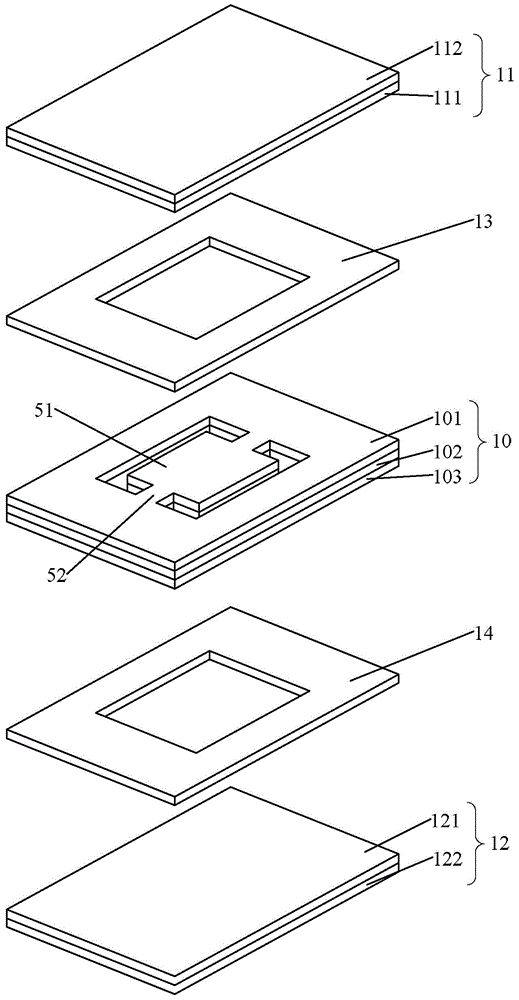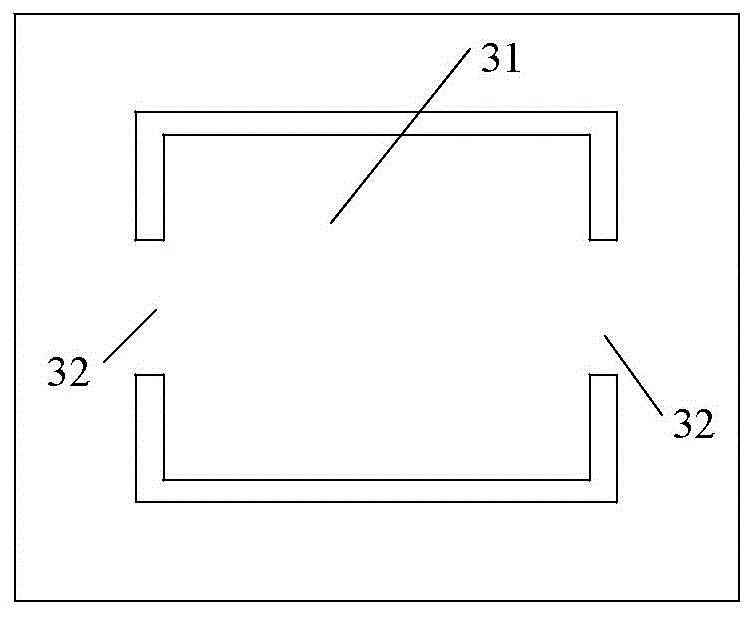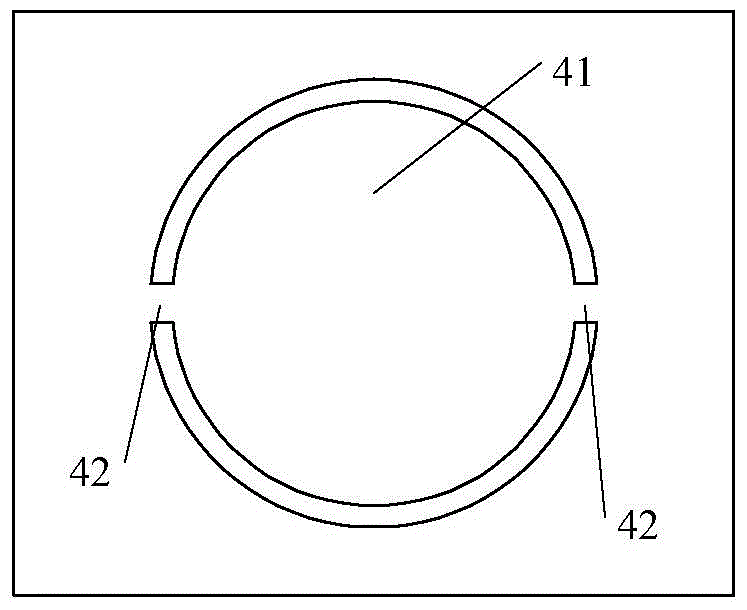Micro vibration sensor
A sensor and micro-vibration technology, which is applied in the field of sensors, can solve the problems of limited sensitivity, high signal-to-noise ratio of output signal, and inability to convert mechanical energy into electrical energy, so as to achieve the effect of improving sensitivity and signal-to-noise ratio
- Summary
- Abstract
- Description
- Claims
- Application Information
AI Technical Summary
Problems solved by technology
Method used
Image
Examples
Embodiment Construction
[0029] In order to fully understand the purpose, features and effects of the present invention, the present invention will be described in detail through the following specific embodiments, but the present invention is not limited thereto.
[0030] figure 1 A schematic structural view of a micro-vibration sensor provided by an embodiment of the present invention is shown, as figure 1 As shown, the micro-vibration sensor includes: a first friction layer 11 , a first isolation layer 13 , an intermediate friction layer 10 , a second isolation layer 14 and a second friction layer 12 which are sequentially stacked.
[0031] Wherein, the first friction layer 11 includes a stacked first polymer insulating layer 111 and a first ground electrode 112; similarly, the second friction layer 12 includes a stacked second polymer insulating layer 121 and a second ground electrode. electrode 122 . The middle friction layer 10 has a cantilever beam structure, and the cantilever beam structure...
PUM
 Login to View More
Login to View More Abstract
Description
Claims
Application Information
 Login to View More
Login to View More - R&D
- Intellectual Property
- Life Sciences
- Materials
- Tech Scout
- Unparalleled Data Quality
- Higher Quality Content
- 60% Fewer Hallucinations
Browse by: Latest US Patents, China's latest patents, Technical Efficacy Thesaurus, Application Domain, Technology Topic, Popular Technical Reports.
© 2025 PatSnap. All rights reserved.Legal|Privacy policy|Modern Slavery Act Transparency Statement|Sitemap|About US| Contact US: help@patsnap.com



